You are heading out in the direction of Holy Isle, your last leg on the splendid St Cuthbert’s Way walk. The early morning mist rises ahead of you, slowly burning off in the hazy sun. The slippery damp grass folds underfoot as you follow the trail between the dripping overhanging shrubs and dense verdant bushes, their leaves bejewelled with the remnant gems of last night’s drizzle. The dying easterly wind carries the tang of seaweed and you take a deep breath of the coastal ozone rich air.

Suddenly the bushes ahead rustle and a small bird flits quickly across the path, back out of site once again. Then another rises, alights on a branch, then drops back into the foliage. You stop and realise that you are surrounded by a multitude of rain bedraggled avian delights, fluttering wings shaking off raindrops as the birds play ‘now you see me, now you don’t’.

Raising your binoculars, you identify a young pied flycatcher, then a garden warbler. A redstart pumps its rusty tail as you approach, and a flash of a white and black tail signifies the rapid departure of a wheatear as it flies down the trail ahead. Hang on, does that bird have a blue throat?! Welcome to the delights of an Autumn wildlife walk!
All Quiet On The Birding Front
When you have been out walking in the northern hemisphere over the past weeks, have you noticed that it is relatively quiet on the bird front these days? I am not referring to the catastrophic demise of many species (which is very worthy of a blog in its own right!), but more the fact that our post breeding avian residents and visitors have no need to sing out their presence. Nothing new is turning up, and everything seems to be, how shall I put it, familiar?
I was walking the West Highland Way a few weeks back, and while exploring the leafy depths of Inversnaid’s wonderful woodland on the eastern shores of the ‘bonny banks’ of Loch Lomond, the only sounds were my boots crackling through the twigs around the twists and turns and the occasional burst of song from a wren.

Is this such a bad thing? What is wrong with our own resident species and usual summer visitors, with charms of goldfinches flashing their bejewelled wings in flight as they alight on spikey heads of teasel, and twittering swallows and house martins hawking insects as they swoop over streets, fields and streams. Well, of course the answer is nothing, and each and every bird is as valuable as the next, part of the great circle of life and a delight to observe.
Yet, there is always a yearning for more, and enthusiasts will always on the lookout for something special, the rarities! Perhaps it is something hidden in our genetic memory, but the fact is that humans have always been and will continue to be collectors and will always strive to add something new to their tally.
The Wildlife Fix.
During the balmy Summer days, in order to feed their wildlife fix, many birders pick up a different field guide and enter the arena of butterflies, dragonflies and moths. Indeed, as I write this, lepidopterists are all in a flutter with a long-tailed blue in Dorset, a swallowtail in Hampshire and Queen of Spain fritillary in Kent. The fans of Odonata are zipping about to catch up with a lesser emperor in Gloucestershire, and a southern migrant hawker in Somerset. The connection with all these species? Yes, you guessed it, they are not the norm!

Now, as the year draws on, we start to see the birders getting restless and the twitchers getting twitchy, as the rare and unfamiliar birds start turning up. A wide sandy beach in Cornwall, recently filled with bodies basking in the sun, may now provide a suitable stop off for an unfamiliar wading bird en route to its wintering grounds. A reservoir in Oxfordshire suddenly proves attractive to a young tern in frantic need of a feed, and a scrubby headland in Northumberland becomes a sanctuary for a wayward warbler.
Without going into great depth about the miracle of migration, it is a fact that wherever you are in the world, species can turn up where they do not belong. There are many reasons for this, including being blown off course, following favourable weather systems, stopping off on the way to elsewhere, overshooting where they are supposed to be, prospecting potential new territory, and simply heading totally in the wrong direction.

Of course, we also have our own migratory species that may be regular Summer visitors in a local context, such as the pied flycatchers and redstarts mentioned earlier, which may be familiar in the forests of the west and north, but which can appear almost anywhere when heading back to the African Winter havens. And as the next migration season is set to commence in force as I write, those in the know are already heading out to see what turns up.
The Hotspots
In the UK we are blessed in being an island at the north western corner of Europe, with the continent just a hop, skip and jump away to the south and east, the Arctic a clear route to the north, and North America a straight run over the pond. Therefore, wherever you are, there is every chance that an unfamiliar species can show up. There are of course the hotspots, those locations on the perimeter and at the farthest extents, which the birds will find first.
In September, as I live in Scotland, my choice is often to head east, to the coasts of Northumberland, and Fife. After an easterly airflow, migrants from Europe heading south may end up being forced toward our shores. Following a crossing of the North Sea, there is nothing more attractive to such a bird than a sheltered bush with feeding potential on a coastal promontory.

My recommendations would be Holy Island, Lindisfarne on the St Cuthbert’s Way route and Northumberland Coast Path, plus Fife Ness on the Fife Coastal Path. I have spent many a happy hour searching for barred warblers in early autumn, an eastern European species that may end up having to reset their compasses as they endeavour to head to east Africa for the Winter. Later come the yellow-browed warblers, the eye striped, wing barred sprites from temperate Asia. These are really supposed to spend their Winters in South East Asia, but over the past years a combination of back to front migration and favourable weather conditions (at least for birders!) have led them to become a more familiar visitor.
If the wind is from the west, head that way! The wooded coves and coastal valleys of Cornwall on the South West Coast Path are prime locations. You may be lucky to find a red backed shrike, or one of my favourites, the beautifully cryptic wryneck, both transient migrants from the continent. Don’t forget to scan seaward from coastal promontories, as you may be rewarded with windblown sabine’s gulls from the open ocean, plus various shearwaters and petrels. Great sites are Pendeen, St Ives and the Lizard.

The same is true for the islands along the Pembrokeshire Coast Path in Wales, and the Outer Hebrides in Scotland, where the islands of Barra and the Uists have built up a strong reputation within the birding fraternity.
Yet further north, and Shetland have made a name for themselves as a birding mecca! Being perfectly located in the north Atlantic to attract species from every direction, you can see why. This the one of the realms of the ‘Mega’ species, those birds that may turn up once or twice in a lifetime, such as the Asian rufous-tailed robin that alighted on remote Fair Isle in October 2004. Indeed, anything can turn up when the conditions are right!
And let’s not forget Ireland, with Co. Cork, Co. Clare and indeed both the Kerry Way and Dingle Way walking routes providing some of the closest locations to North America.

Toward the end of September and into October, American land and water birds heading south along the eastern seaboard may be blown across to our shores by autumn depressions. Sometimes ship assisted, species that have turned upon our side of the Atlantic include yellow billed cuckoo, red eyed vireo, and eastern kingbird amongst many others,so always check everything you see!
The Fall And Rise Of Birds
I am a fan of all wildlife that see, and something out of the blue is always a bonus to brighten any walk. I have been very fortunate and indeed lucky with my sightings, having watched a pure white gyrfalcon from Greenland alight on the ramparts of a Scottish castle and viewed a raspberry red headed rosefinch from eastern Europe fraternising with house sparrows in a Perthshire valley to name a few.
It is wise to remember, however, that many of these birds are out of their normal range and may be extremely fatigued and disorientated. Further, storms, fog and rain can lead to a ‘fall’ of birds along coasts, where literally hundreds of migrants may be grounded in one small area, in the manner described in the introduction. Therefore, respecting the welfare of all wildlife is paramount, however tempting it may be to approach closely while observing.
It is poignant to note that many species that are now scarce or rare visitors to our shores once used to breed here but are sadly lost as residents. However, conservation measures are being put into place worldwide in a quest to turn the tide for the birds. This is true for such spectacular species as the cirl bunting, a delightful farmland bird of the south west, which has risen from a low point over around 100 pairs to over 1000 pairs in the last 30 years. Could the rarities of the present become the familiar of the future? Well the only way to know for sure is to get out there and look! Now, what was that bird with the blue throat?







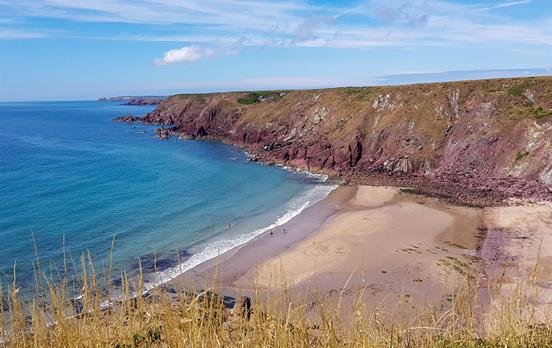

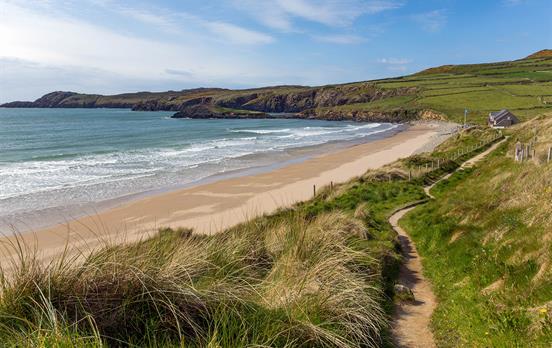
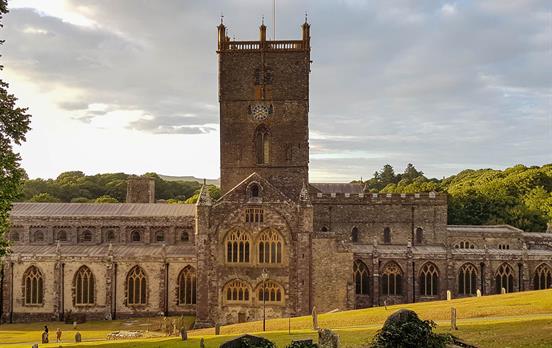
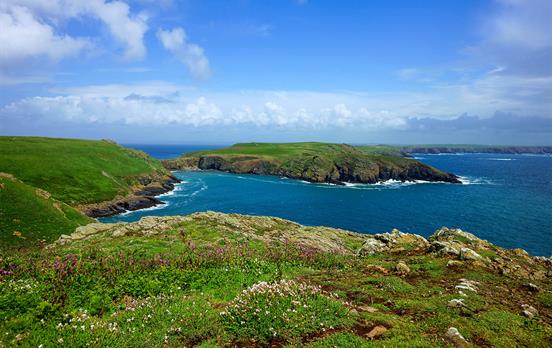


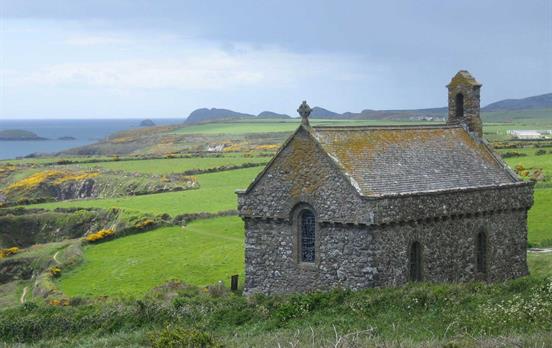
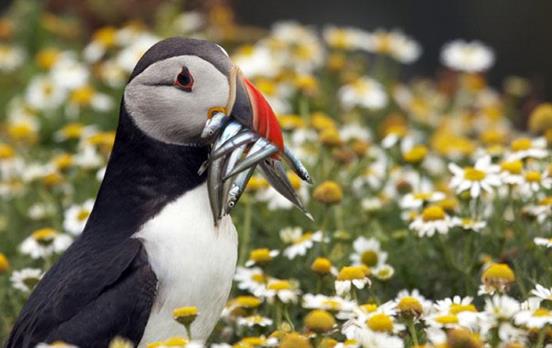

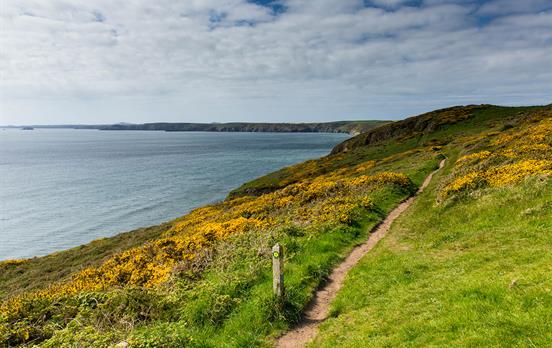

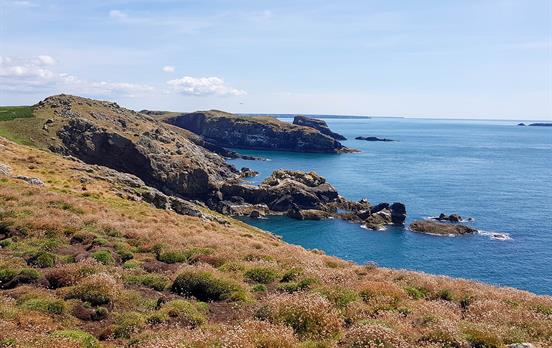
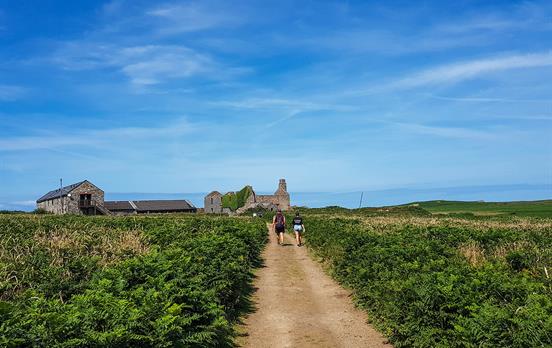
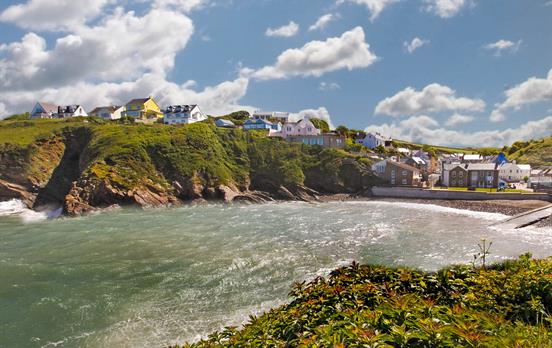
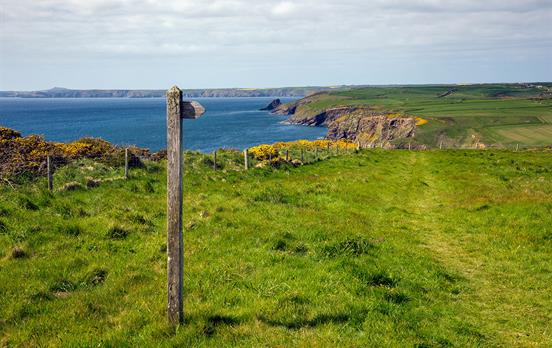

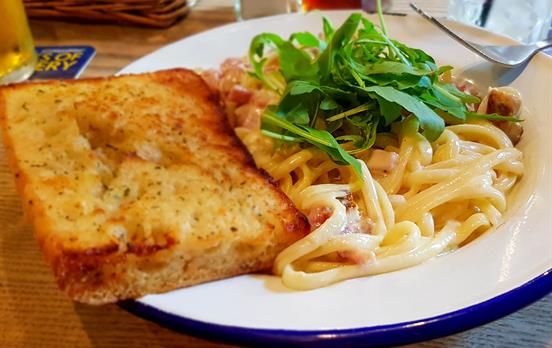
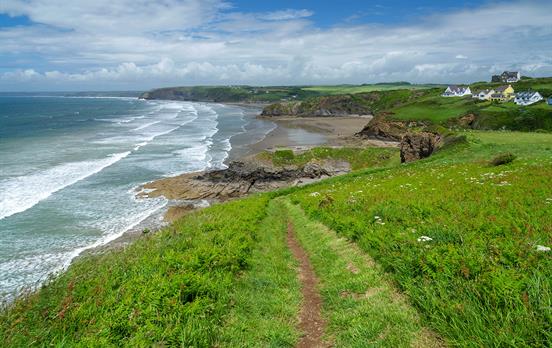
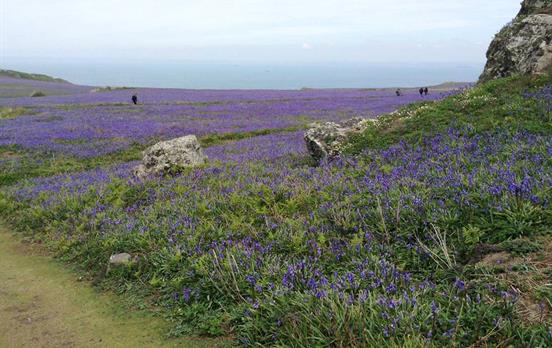


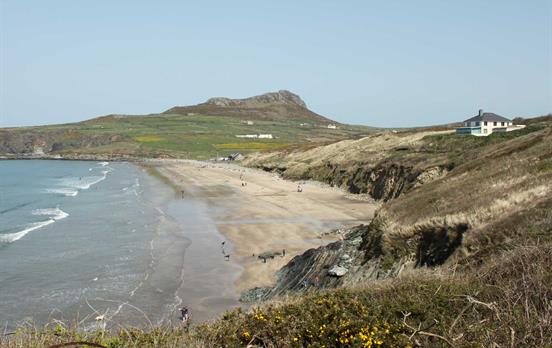
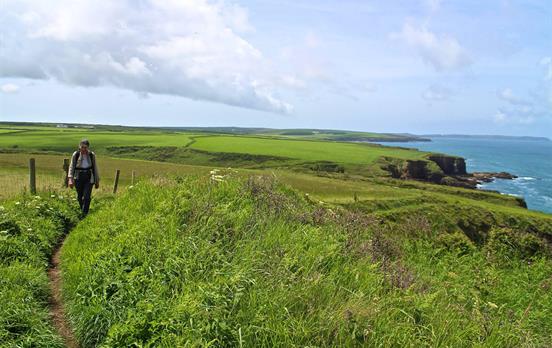


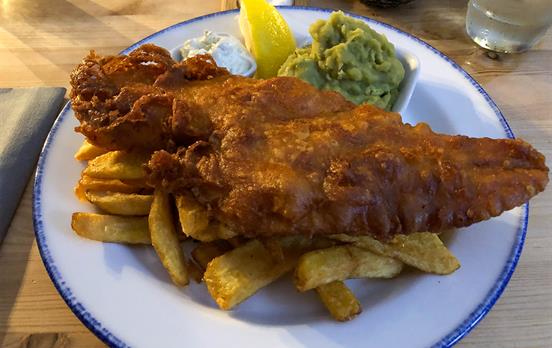

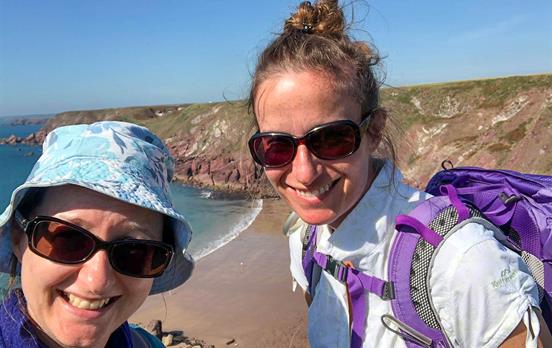
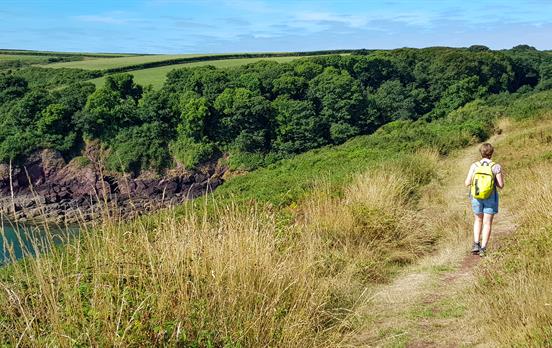
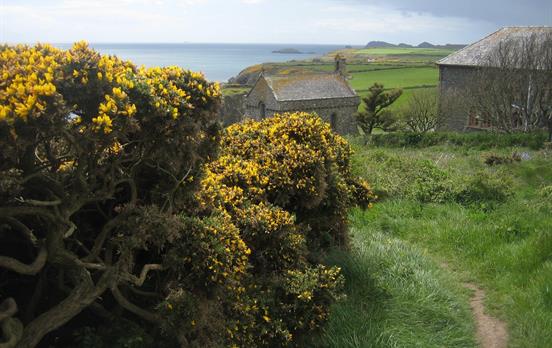




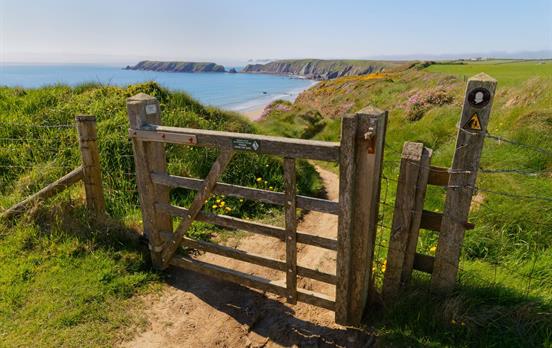

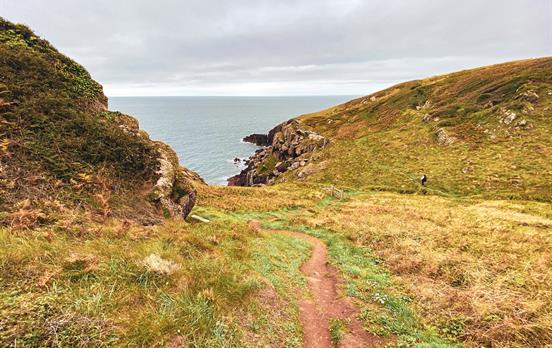

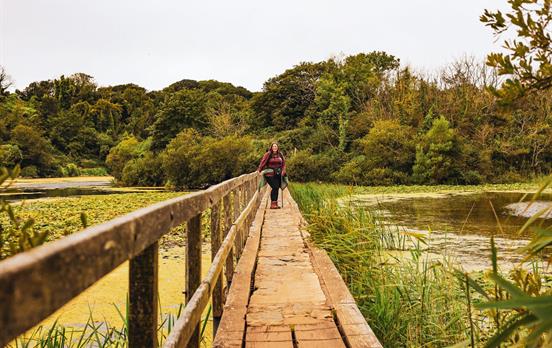
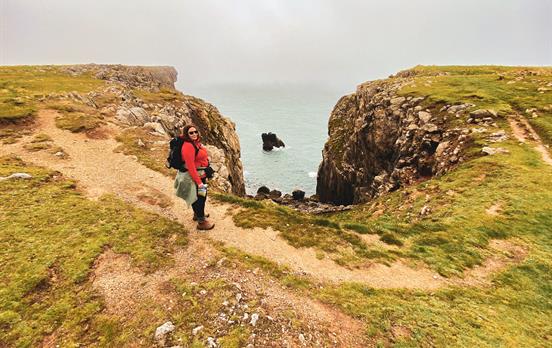

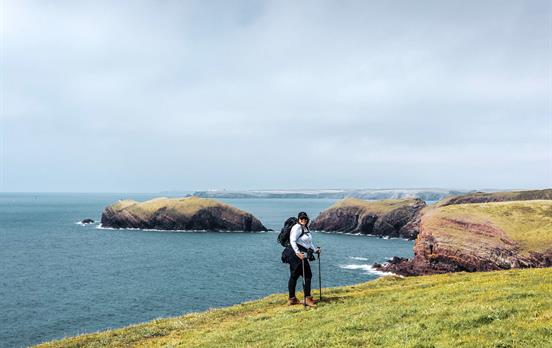
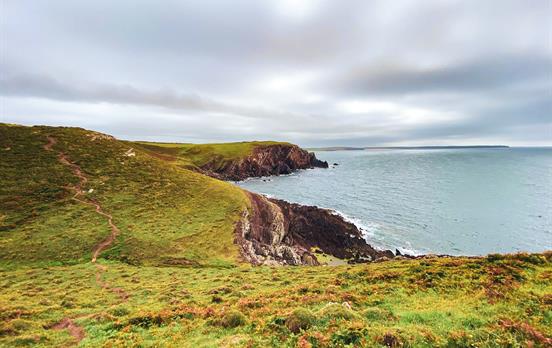
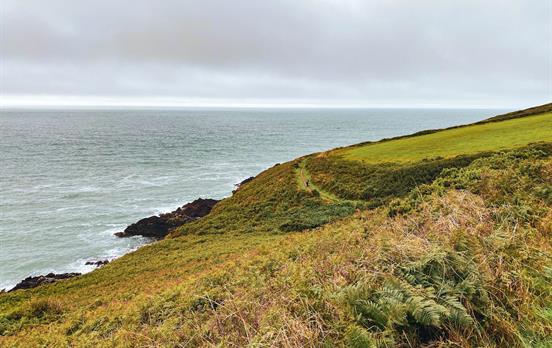
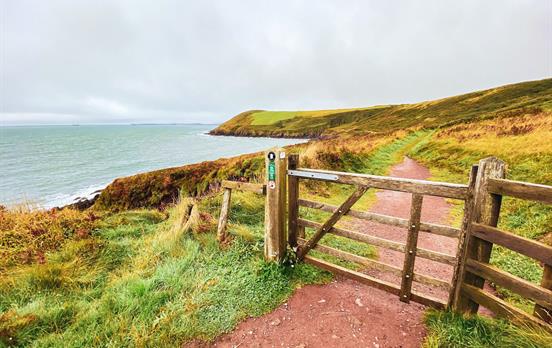
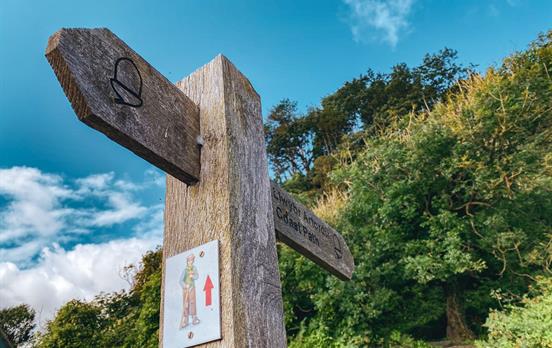
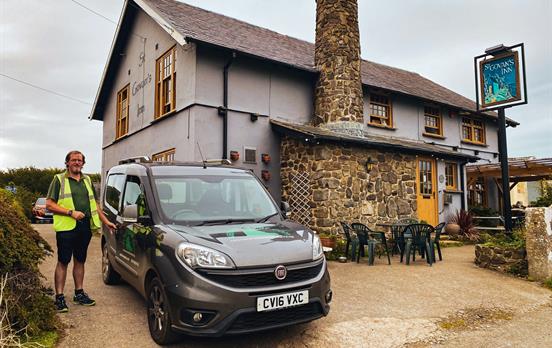





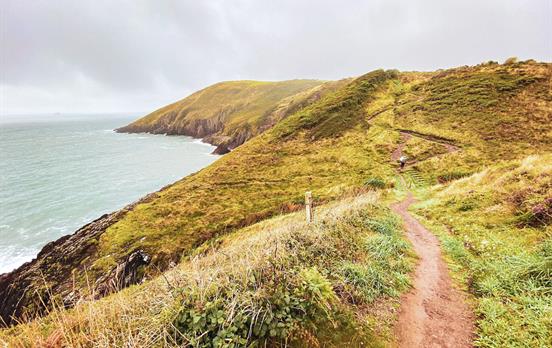
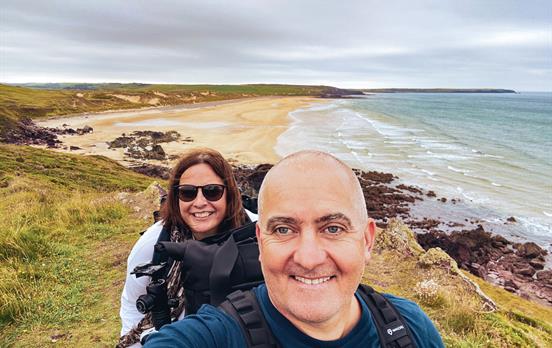
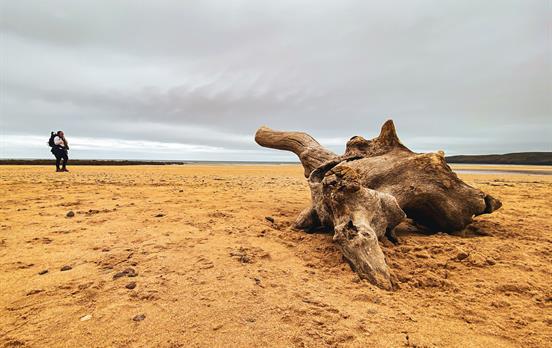
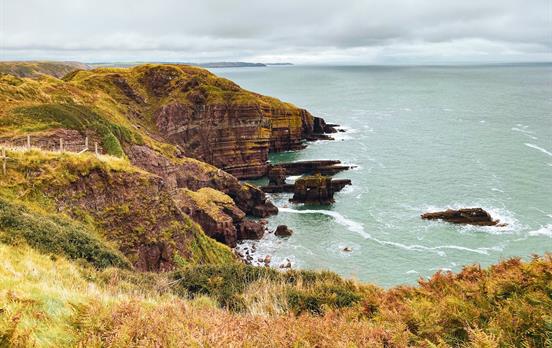

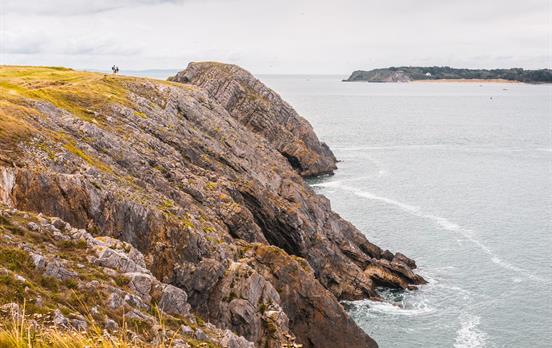
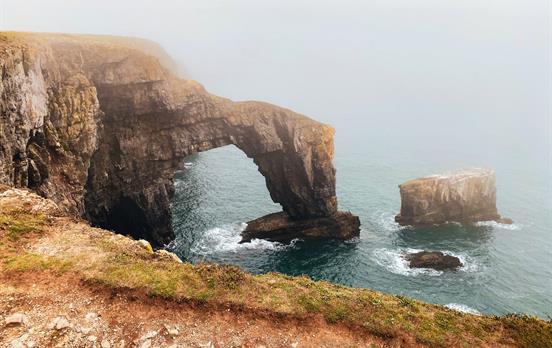

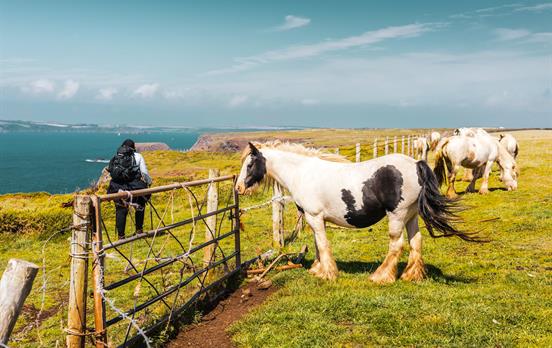
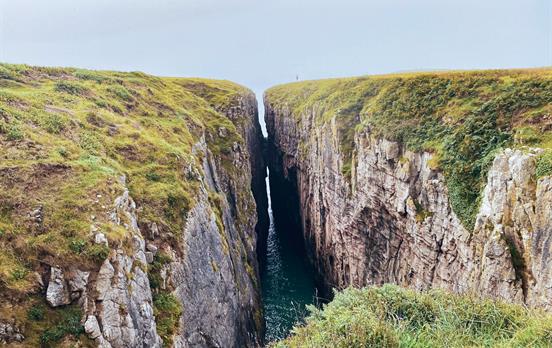




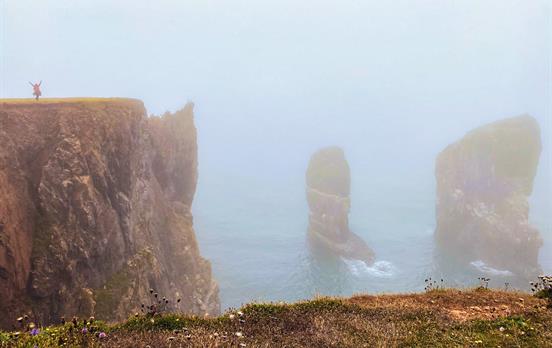


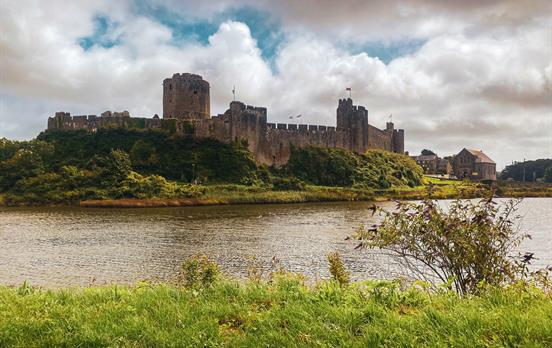
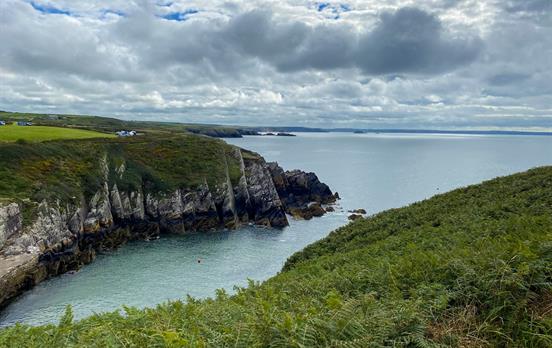
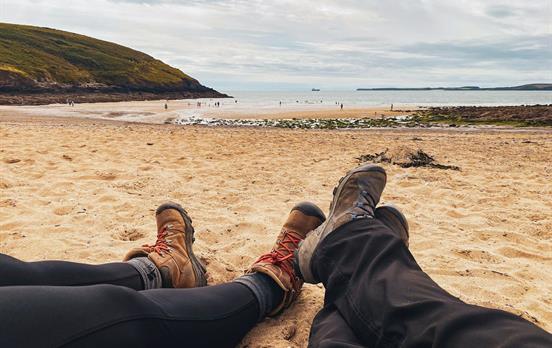




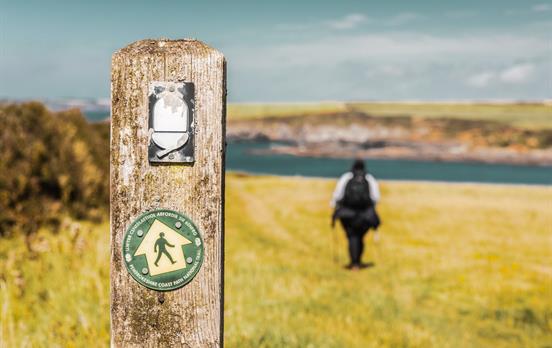
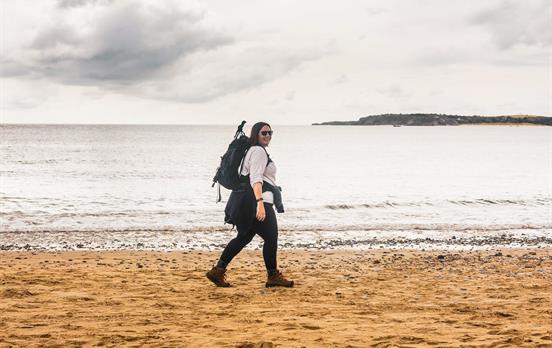
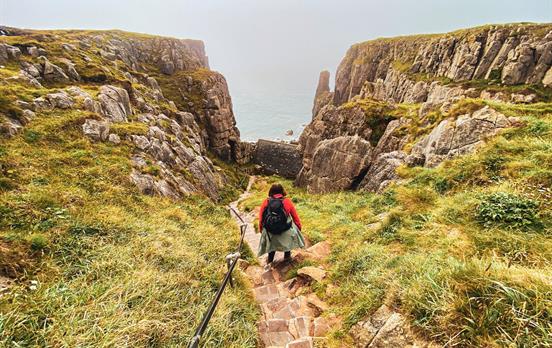


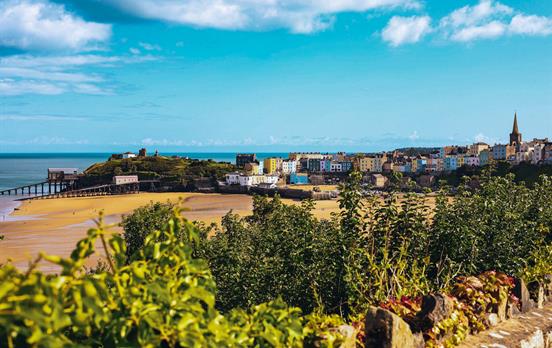




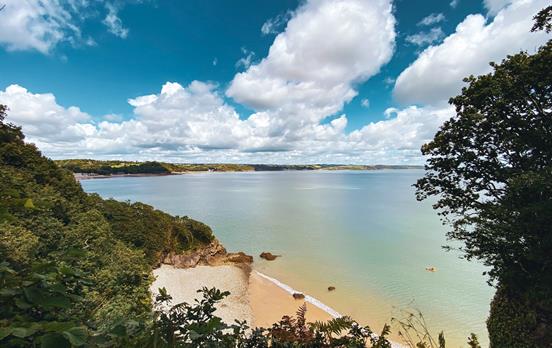

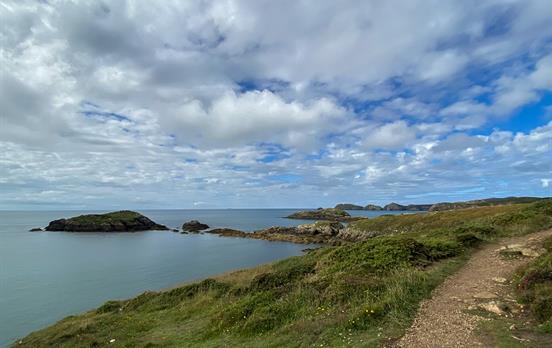
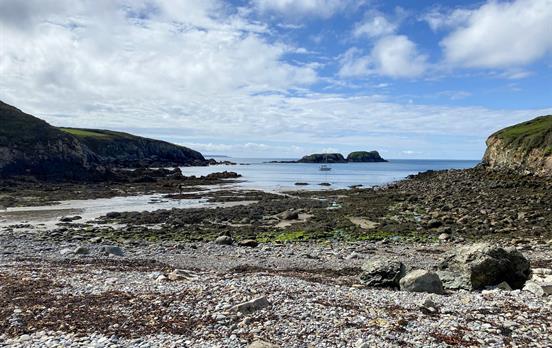

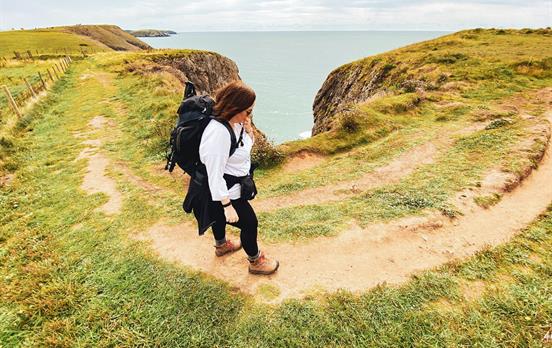

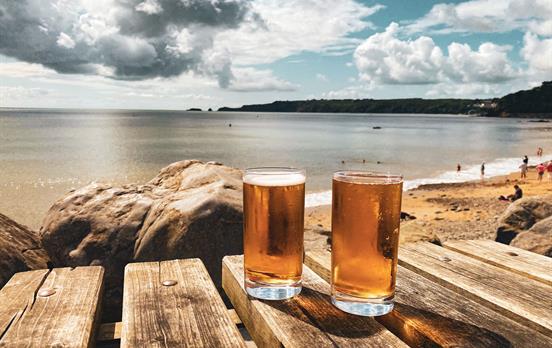
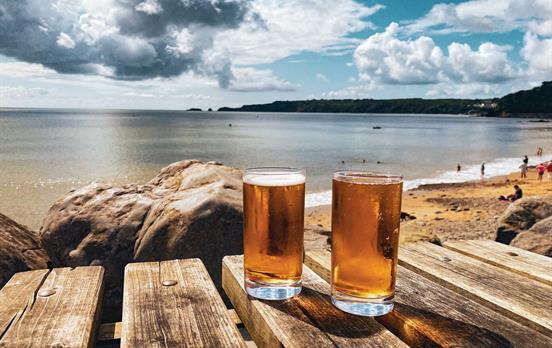
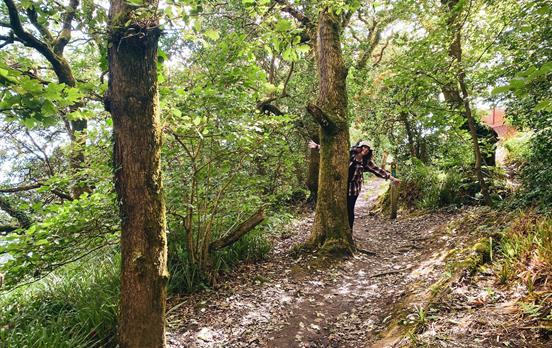
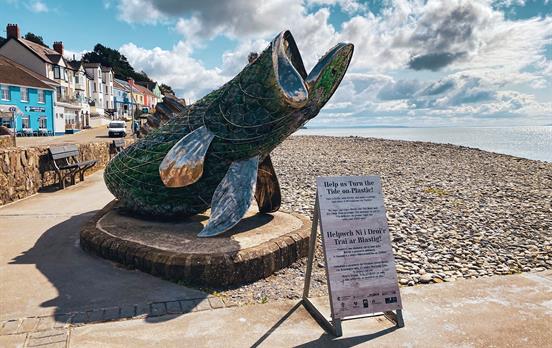






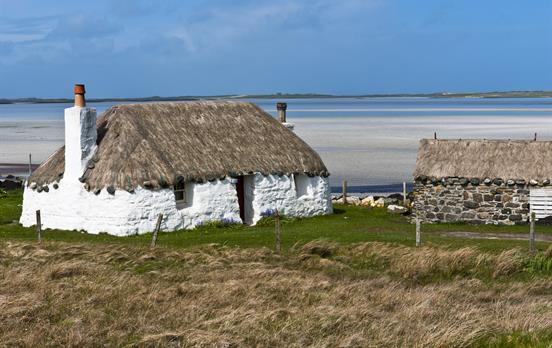
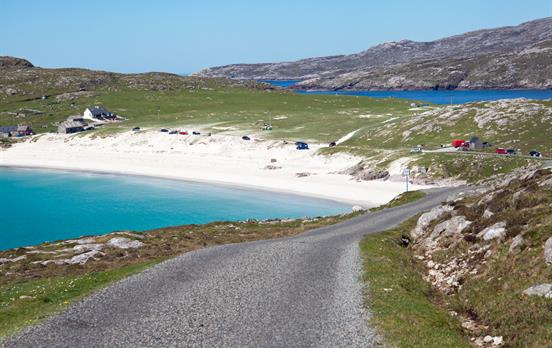


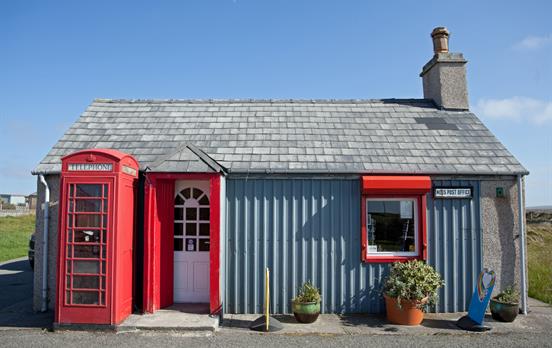
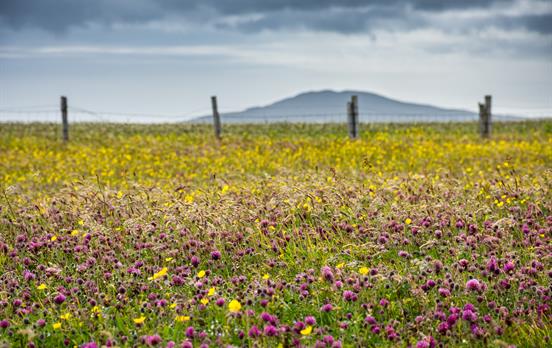
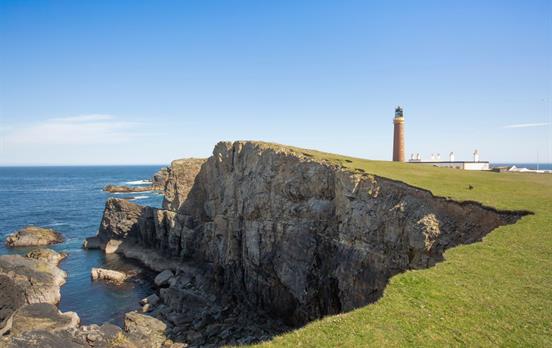


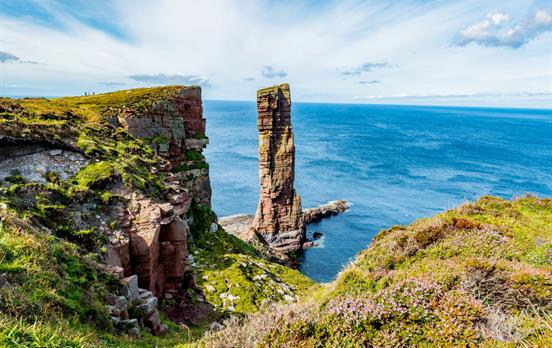
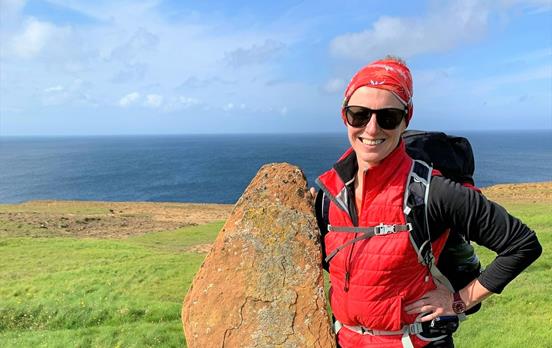
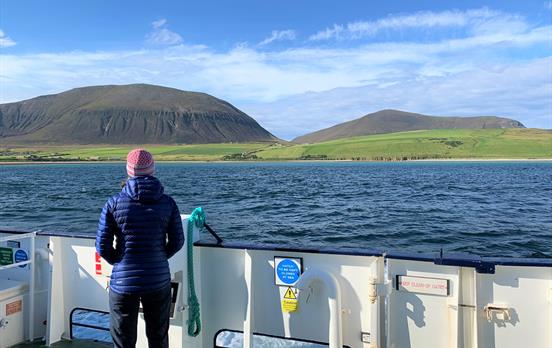

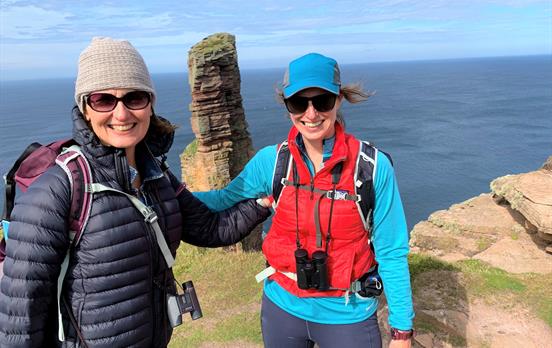


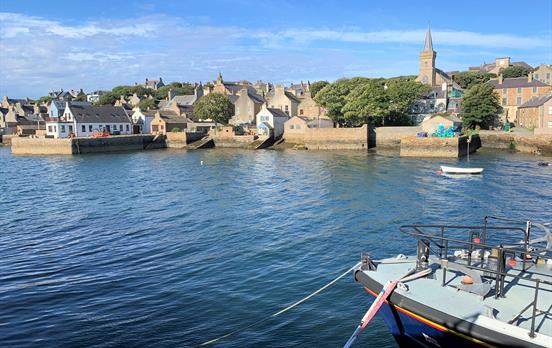
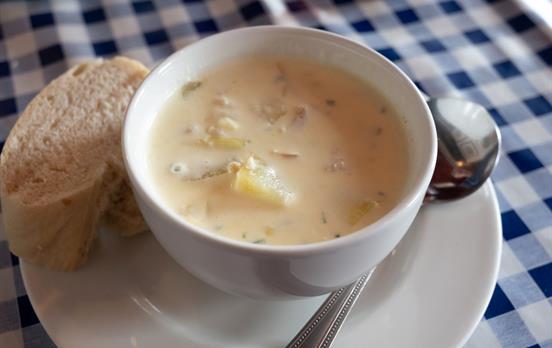



 Australia
Australia New Zealand
New Zealand South Africa
South Africa European Union
European Union